TORQUE CONVERTER CLUTCH DIAGNOSIS

TORQUE CONVERTER CLUTCH DIAGNOSIS - THM 125C
This bulletin provides service information on diagnosing two possible Torque Converter Clutch (TCC) conditions on 1982-1983 Cimarrons equipped with a THM 125C transaxle. Section I covers a "shudder" condition after TCC apply, and Section II covers a TCC no release condition.
1. "Shudder" Condition
Cimarrons equipped with a THM 125C transaxle may exhibit a "shudder" feel immediately following the torque converter clutch engagement. The condition is caused by slippage of the converter clutch due to low oil pressure on the apply side of the clutch pressure plate. The low TCC apply oil pressure can be caused by any of the items listed below.
In diagnosing this condition, check for the following:
A. Referring to Figure 1, inspect the turbine shaft seal and "O" ring for damage (distorted, cut, scored, etc.). The "O" ring is located at the long end of the turbine shaft (spline end) with one teflon seal (yellow, larger diameter) located below the converter feed lube holes. Two other teflon seals (yellow, with green speckles) are located at the short end of the shaft. If replacement seals are needed, order service parts as follows: Seal Part Number
"O" Ring 8636033 Outer Teflon Ring 8637170 Inner Teflon Rings (2) 8643058
B. Referring to Figure 2, inspect the turbine shaft seal grooves for a step in the bottom corners of the seal groove. A step in this location will prevent the teflon seal from contacting the side wall of the groove, resulting in an improper seal. If incorrect machining is found, replace the turbine shaft, P/N 8637166.
C. Inspect the pump shaft seal for damage (distorted, cut, scored, etc.). If a damaged seal is found, replace it with P/N 8637569 (refer to Serviceman Bulletin 82-93).
D. Inspect the vehicle speed sensor for dirt or grease. A dirty or greasy speedometer head magnet field plate may send an incorrect reading, causing the torque converter clutch to apply early. If this condition is found, remove and clean the vehicle speed sensor.
E. Referring to Figure 3, the auxiliary valve body cover has been changed three times since start of production in 1982.
View A - The original design cover had a cast slot in it to exhaust oil from the converter clutch regulator valve.
View B - Mid-way through the 1982 model year, the cast slot was changed to an orificed cup plug.
View C - Approximately May of 1982, the orifice in the cup plug was eliminated.
View D - The current production auxiliary valve body cover is now a solid casting.
Inspect the auxiliary valve body cover for the changes noted above. Updating transaxles that originally had covers with cast slots or orificed plugs with the new design solid casting cover (P/N 8637811) may serve to eliminate a shudder condition.
F. Check the converter clutch regulator valve, in the auxiliary control valve assembly, for freeness. (Refer to Figure 125C-222 of the 1982 or 1983 Cimarron SIM.)
G. Referring to Figure 4, the TCC solenoid orifice cup plug could be installed too far into the bore. The correct position of the orifice cup plug is centered in the third land of the auxiliary control valve assembly. If replacement of the orifice cup plug is necessary, it is available separately as P/N 8623796.
H. Particles of gasket material sticking the Torque Converter Clutch apply valve or plugging the converter release orifice in the control valve spacer plate. If a torn gasket is found, remove the gasket material from either the converter clutch apply valve or the control valve spacer plate. Replace the torn gasket with a new gasket, but first remove area marked by dotted lines (Figure 4), by carefully cutting with a knife.
II. No Torque Converter Clutch Release
A condition of no Torque Converter Clutch release on a THM 125C transaxle equipped Cimarron can be caused by a missing or damaged solenoid orifice cup plug in the auxiliary control valve assembly (refer to Figure 5). If the cup plug needs to be replaced for any of the above-mentioned reasons, it is available separately as- P/N 8623796.
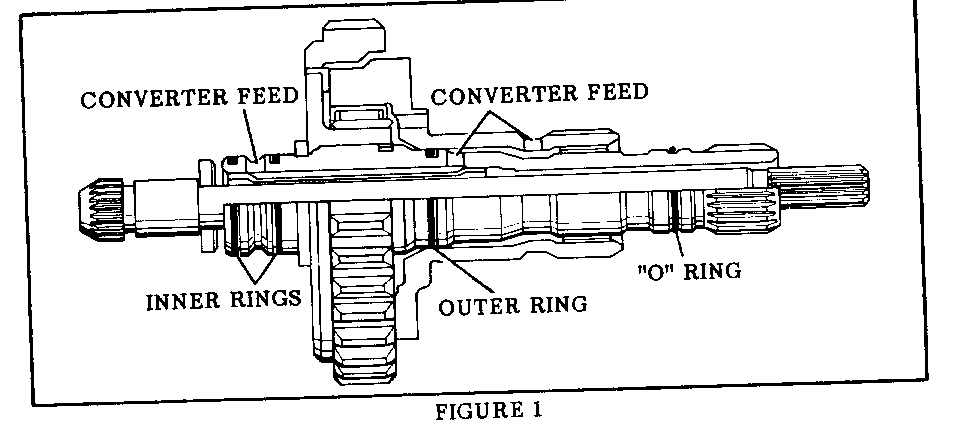
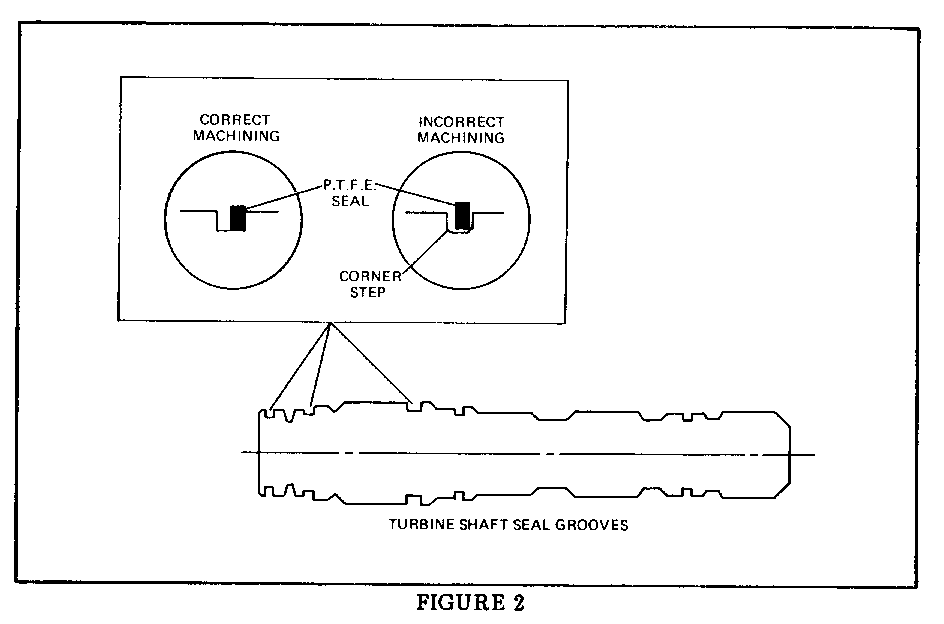
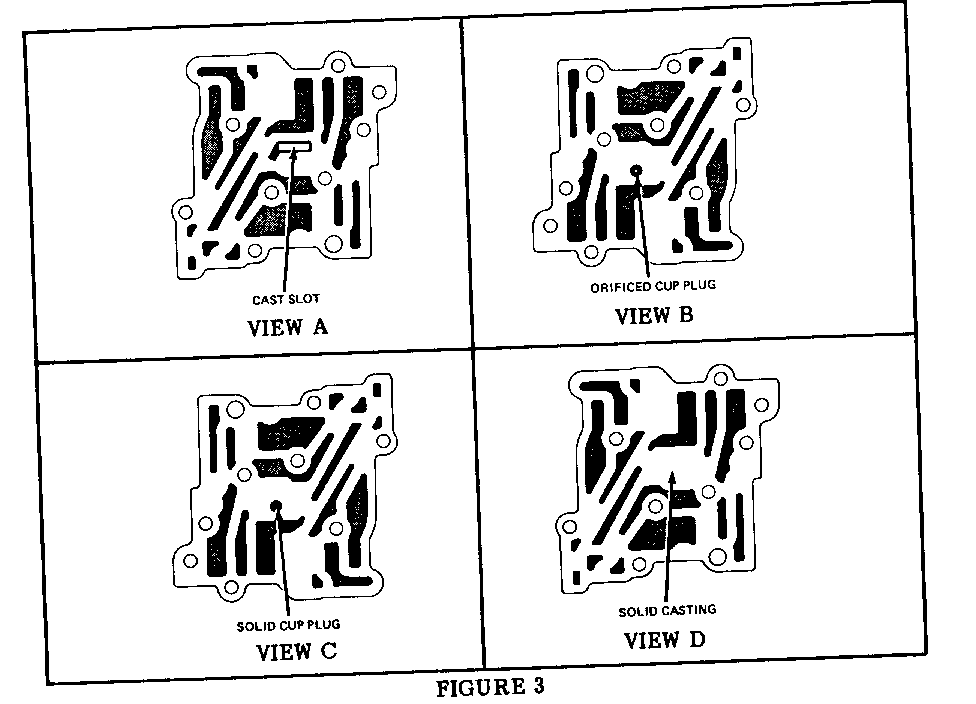
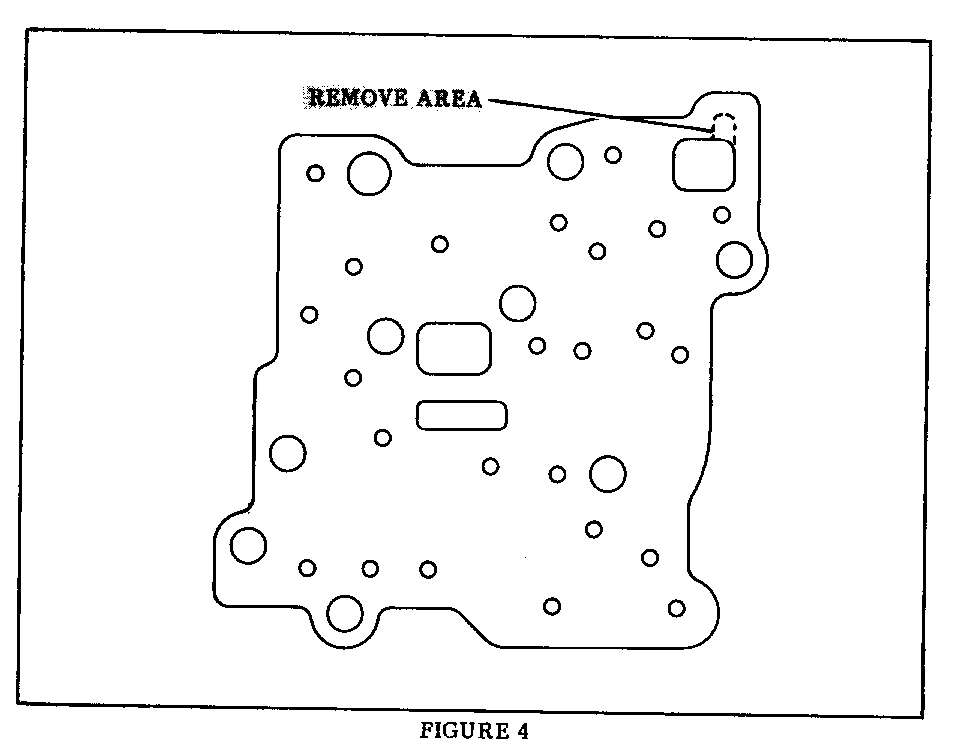
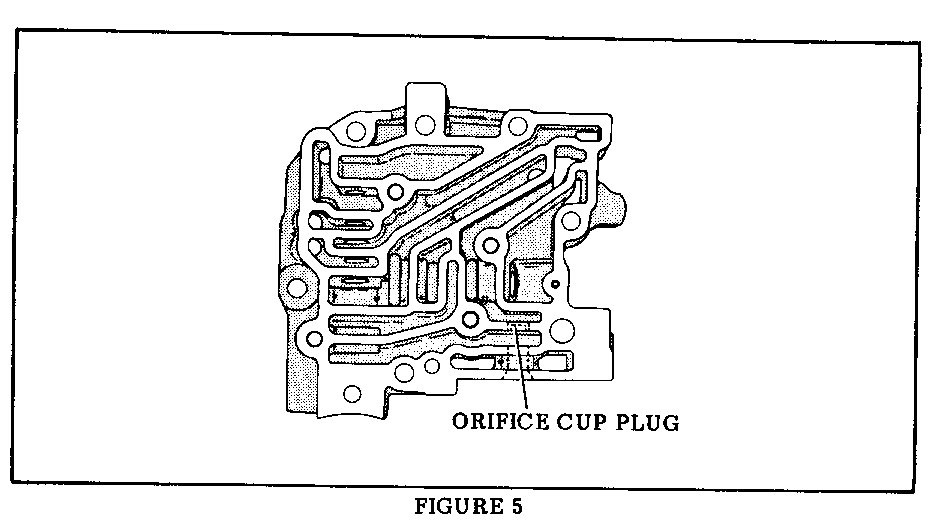
General Motors bulletins are intended for use by professional technicians, not a "do-it-yourselfer". They are written to inform those technicians of conditions that may occur on some vehicles, or to provide information that could assist in the proper service of a vehicle. Properly trained technicians have the equipment, tools, safety instructions and know-how to do a job properly and safely. If a condition is described, do not assume that the bulletin applies to your vehicle, or that your vehicle will have that condition. See a General Motors dealer servicing your brand of General Motors vehicle for information on whether your vehicle may benefit from the information.
